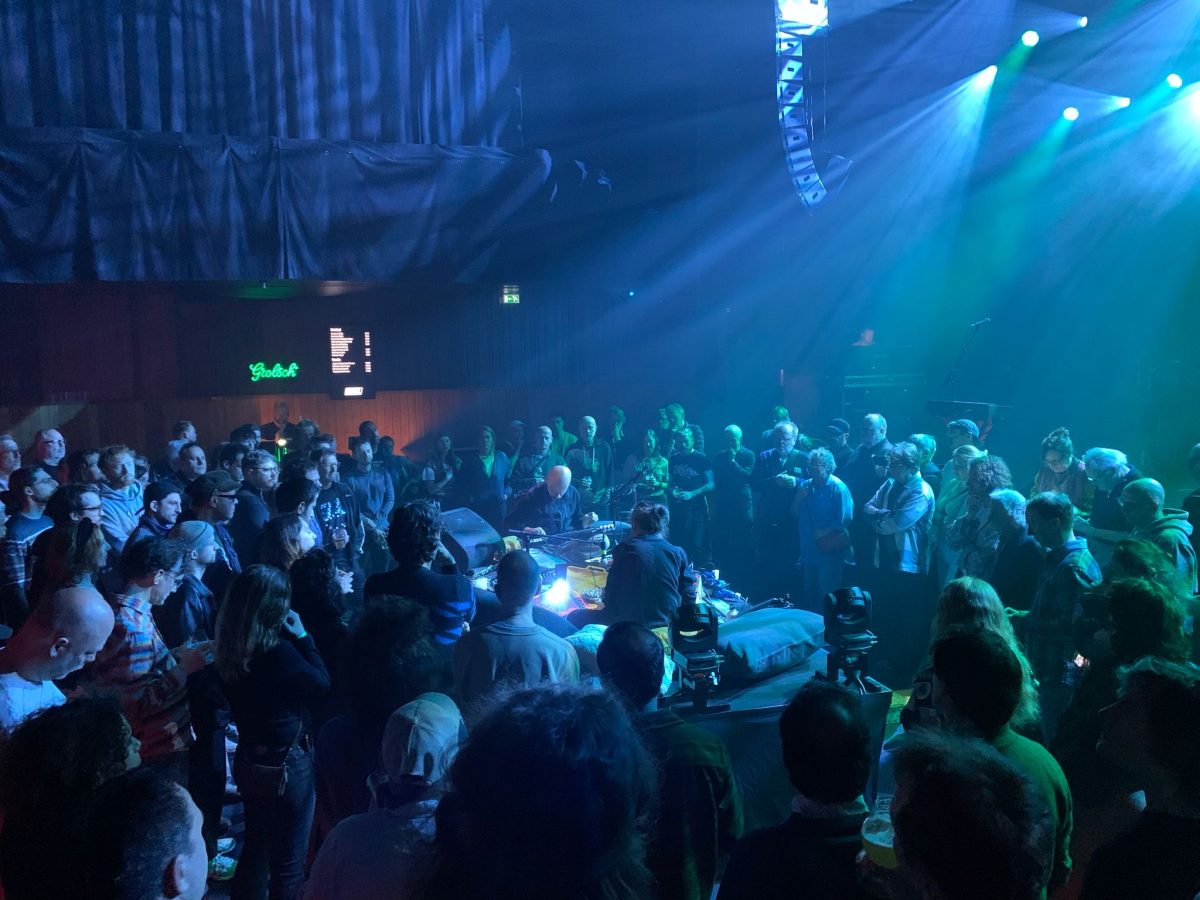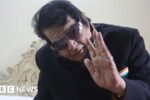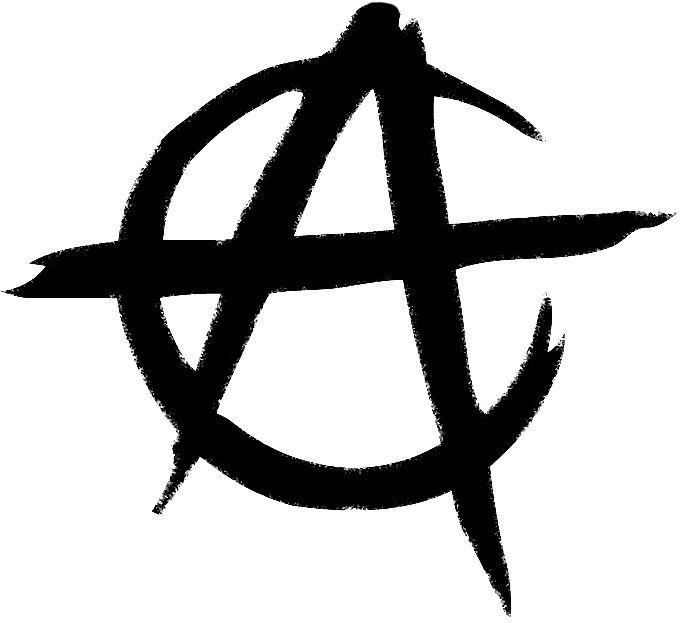Peel Slowly And See Festival Day 2
Leiden Holland
March 22nd Live Review
One of Europe’s best showcases of ground breaking and new music, is our intrepid team of Richard Foster and John Robb (John Robb’s reviews are be bold). Try and see everything they possibly can in a hectic night…
The city of Leiden has always been a place for surprises; its current official moniker is de stad van ontdekkingen, which means city of discovery. One part of Leiden’s story, however, its squat and underground music scene, is now nearly fully erased. And mention of it may not sit easily with those who hold the civic purse strings. But that history, and a little of mine, is worth recalling in the context of this review. I’ve lived and worked in Leiden and its surrounds since 2001, and have seen some wonderful shows in lost squat venues like Multiplex and SUB 071, or the Aalmarkt, or Bar en Boos, or the old LVC for that matter. But I am struggling to think of better shows than some I saw on the festival’s closing night.
De Nobel has come a long way from when it opened almost a decade ago. The venue’s civic-corporate chilliness is slowly eroding as new ways to use its spaces are being explored. On this night the foyer became a kind of old fashioned youth club, with disco and games, courtesy of the local Velvet Records store. Behind the foyer, in the centre of the cavernous main hall, things got looser still with the James Holden and Wacław Zimpel show. The pair sat facing each other on a raised dais, with carpets, plenty of cushions and a slow burning joss stick adding to a very groovy atmosphere. Holden and Zimpel worked through the tracks of their Long Weekend EP, two broad traditions – fried, ‘90s post-rave, island beach blissouts, and central European mystic folk – combined to beautiful effect. At times the electronica felt like pollen borne aloft of a spring breeze: think a twenty-first century take on Terry Riley’s A Rainbow in Curved Air, or Harmonia and Popol Vuh getting a jam together with 808s.
I’m not sure you can beat watching two musicians at the top of their game creating obviously, manifestly, brilliant music; especially when you are within touching distance of them. Being so close, it was fascinating to watch the contrast between the two. Holden sat hunched on his haunches, his fingers moving restlessly over keyboards, knobs and buttons, or sometimes shaking rattles and hand bells. Zimpel sat upright in a stoic pose – dropping in passages of lap steel guitar, flutes and recorders and alto clarinet. With the atmosphere ever more transcendental, the audience swayed to the sounds, many smiling with eyes closed, some with arms aloft, others deep in contemplation of what was happening in front of them. I can’t think of a gig more psychically regenerative and irrigating as this one.
James Holden and Wacław Zimpel are somehow both intriguing and mind-blowing. Their washes of sound fill the room and you are mesmerised by the meditative ooze and then rejuvenated by the Zimpel’s alto clarinet skronk. The overlapping disciplines between him and James Holden spin an aurel web of sonic intrigue that dips into the seventies paintbox of esoteric German undergound and American free jazz but shift it subtlety to the now. (John Robb)
Any young person worth their salt will tell you the angles of an isosceles triangle consist of two equal sides and two equal angles. These are the angles you need your legs to adopt if you play a guitar in the heroic French mathrock band, Ni. And take note: your average 60 x 60 x 60 degrees is not good enough, oh no; you need to be flexing for at least a 50 x 50 x 80 ratio. A good gurn, using tongue and teeth – looking to ape the faces seen in Tibetan books of the Dead – also goes a long way to setting the controls to the heart of your sun. In all seriousness, (and I am being deadly serious here, because we need these kinds of rock semiotics to be seen in the flesh, and openly worshipped in this sexless, atomised, mistrustful age), Ni’s gig was an explosion of heroic and multilevel rock music. Incredible playing is one thing. Incredible playing on half beats, making a fusion of guitar runs and rhythm that may as well have been molten steel, is another. All chakras aligned, the crowd bayed for more. And Ni, abashed, explained they could have played for at least three hours, but the allotted and paltry 45 minute glimpse into another world is all we got. There is a Huge Need for this kind of music in our world, as the free and elemental spirit it invokes goes back to Fela Kuti, Funkadelic, The Monks, Dada, even Mesolithic times. You just don’t fully realise it yet.
Ni are a stunning assault on the senses. The French band deliver a brawl of riffs and post punk jazz with an infernal intensity that is like Jesus Lizard jamming with free jazz angular dissonance and patterns. It may be noisy and demanding but their coolest trick is that it’s delivered with such joy that it brings the whole room with them and also you can dance to it as the colliding riffs twitch your body into strange shapes with infernal and high energy shapes. (John Robb)
I have a soft spot for any band that has a song and song lyrics which quote the name of the band. La Düsseldorf is an obvious example of such magic. Atol Atol Atol is another. This Polish four piece invoked similar tricksterism with a brilliant display of quirky no wave/post-punk/pre-punk. Doctors of Madness? Cardiacs? Soft Boys? You got it, but – obviously filtered through a totally different lens. The band, serious, committed, sardonic, stared out at us as if we were recalcitrant children on a school trip. Riffs and counter melodies tore through the room, some sounding like the ripping noise you get when you tear open a parcel.
Atol Atol Atol have that minimalist discipline that was so effective for New York No Wave, a music that removed the bombast and extra baggage of rock and took the sonics back to a pulsating basic. The rhythm section is machine-like as the guitar plays micro parts that are the songs hooks laden with a slap back effect that is a cool stark contrast to the sonic discipline of the rest of the band. Perhaps digging the more groove orientated end of No Wave like ESG they embrace the death disco and there is a minimalist funk to their post punk psychodramas. (John Robb)
In the Scheltema, Spanish duo Los Sara Fontan played a mesmerising and utterly bewildering set of brilliant music that is nigh on impossible to describe. I can certainly tell you it changed constantly for an hour, the shifts in tempo and often texture driven by the seemingly Promethean percussion, with violin and God knows what amalgamation of electronic gadgetry adding melodic and tonal elements. It was – and excuse my language here – fucking wild.
Josef van Wissem is a genuine Dutch master. A former wild presence on the Dutch punk and post-punk scenes, he ran a notorious bar venue before saving his soul with his immersion into the lute – the most unlikely of medieval instruments – that he has vamped into a work of aural art. Looking like a wizard and a vision from the past who has slipped through a tear in the space time continuum armed with his lute to bring the virtuoso melodies of another frozen time into the now, his dark dramas of chiming sound are delivered by the hunched master at work dressed in black with his long hair hanging over his face.
It’s captivating and thrilling stuff.
Recent years have seen his reputation build with world tours and soundtracks with Jim Jarmusch bringing the lute into the troubled now. Creating his stunning pieces with the complex multi stringed medieval instrument, his chiming dark forest textures and melodies are sieved through modern black metal and post punk portals to sound both otherworldly and old and yet very much of the moment. Each piece is a spectral chime and hangs in the air like a soundtrack for a film that doesn’t exist unless you close your eyes and let the sublime melodies do their work. (John Robb)
There is just too much to mention: great, and ear-shaking shows by Benjamin Herman’s Bughouse, Zamilska and Satanique Samba Trio still need to be processed. The doom party at the end of the world should be hosted by Los Pirañas and their witches cauldron of psyched out, dubbed-up tropicalia. As the Pirañas say, “All loops are synchronised”.
Los Pirañas round off the evening with a set of joyful prog salsa tapping into their home country Columbia’s infectious rhythmic musics and criss-crossing it with a stunning musicianship that sees them jam and groove along to the possibilities of the music. It’s potent stuff and the whole room is dancing as the band stretch out into all a manner of unpredictable spaces and creates a perfect end of night party. (John Robb)
We have a small favour to ask. Subscribe to Louder Than War and help keep the flame of independent music burning. Click the button below to see the extras you get!
Source link
exeter.one newsbite last confirmed 2 weeks ago by Richard Foster
Stay informed about this story by subscribing to our regular Newsletter








